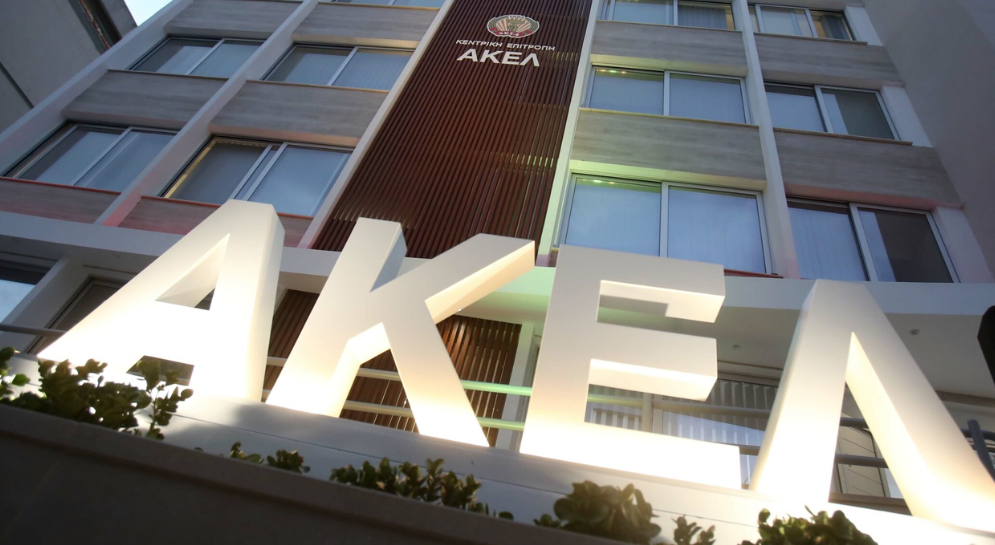
For a hijab? – Article by Eleni Mavrou, AKEL Political Bureau member
Sunday 25 September 2022, “Haravgi” newspaper
A wave of protests that began last week, when the death of 22-year-old Mahsa Amini after her arrest by the “Morality Police” was made public, is ongoing in Iran.
It was preceded by the Worker’s May Day labour protests, which saw the mass arrests of teachers and bus drivers. And even before that, in 2019, with the big explosion when the working class, youth and women were called upon to pay the price of the economic crisis and the consequences of the Western sanctions imposed on Iran.
You’ll say, they are two different things and that the demonstrations today are for a very different reason, namely for the hajib that women are demonstrating about…
But that is not exactly the case. Or at least, it’s not only that. You will see pictures of demonstrations where next to the women who burn the hijab stand those who applaud them even though they themselves are wearing their own hijab. There are men marching on the side of women who are also shouting slogans like “Women, life, freedom”.
According to the latest Gender Inequality Index of the World Economic Forum, Iran ranks 143rd (out of 155 countries) in terms of women’s rights.
At the same time, in 2022 more than 30% of the Iranian people will be living below the poverty line. Within the last few months, the price of bread, cooking oil, poultry and other essential goods has increased significantly. Inflation has already exceeded 40%. The fruitless extension of the negotiations on Iran’s nuclear programme and the harsh US sanctions, which have caused, among other things, the closure of industries and the collapse of the health and social services system, leave little hope for the prospects of the Iranian economy and for the future of young people.
At the same time, developments in the region mostly populated by Kurds, both in northeastern Syria and in Iraq, are also generating turmoil in those regions of Iran populated by Kurds, where Mahsa Amini was originally from. The fact that the Iranian President Ebrahim Raisi did not include any members of minorities in his government – contrary to what was customary – and the increase in executions of members of Kurdish organisations has angered the Kurds in Iran.
There is also the religious issue in the equation…The majority of Kurds are not Shias, like the Iranian ruling class, and they regularly clash with the impositions of Islamic law, which they consider alien to their own culture.
There is, of course, the issue of the hijab…Which is used, as in other countries, to restrict women’s freedom (even if we don’t see the same reactions and sensitivity from the “civilized” West with regards hijabs in Saudi Arabia and the United Arab Emirates). But not of all women…The wealthy areas of northern Tehran are usually outside the patrols of the “Morality Police”, further provoking anger against the government.
It is precisely for this reason that slogans against the oppression of women are heard in the demonstrations, but also slogans against poverty, police brutality and the oppression suffered by society as a whole.




